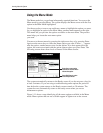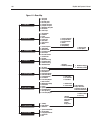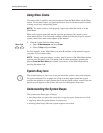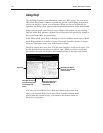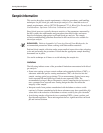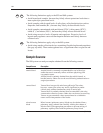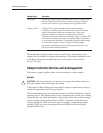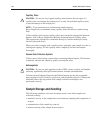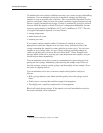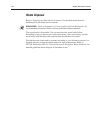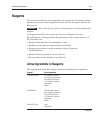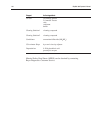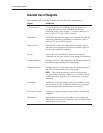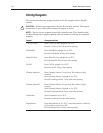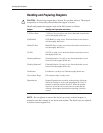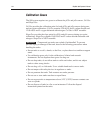
1Ć37
Learning About the System
To minimize the errors these conditions can cause, use correct storage and handling
techniques. You can minimize errors due to metabolic changes by analyzing
samples as soon as possible after collection. This is particularly important for pO
2,
glucose, and lactate values, because the sample consumes oxygen and glucose, and
lactate is rapidly formed during storage. Lactate is produced by glycolysis and will
increase while the sample is stored. Glycolysis is temperature dependent. Lactate
increases approximately 0.1mM/hour at 4°C and 1.0 mM/hour at 37°C.* The rate
of oxygen consumption depends on several factors:
S storage temperature
S white blood cell count
S reticulocyte count
If you cannot analyze samples within 10 minutes of collection, it may be
appropriate to place the samples in an ice-water slurry, with the portion of the
syringe containing the sample in contact with the ice-water slurry. You can store
samples in an ice-water slurry for up to 2 hours without significant change in
values for pH and pCO
2
; however this will affect the K
+
values. Samples with
elevated white blood cell or reticulocyte counts deteriorate more rapidly, and you
should analyze them immediately.
You can minimize errors due to room-air contamination by preventing air from
getting into the syringe. Immediately after drawing the sample, expel all the air
from the syringe, securely cap the syringe, and thoroughly mix the sample. Never
use corks as capping devices.
You can minimize errors due to incorrect sample mixing before analysis as
follows:
S Roll a syringe between your hands and then gently invert the syringe several
times.
S Gently invert a vacuum tube until the sample is homogenous.
S Thoroughly mix a capillary sample until it is homogenous.
Blood cells settle during storage. If the sample is not well mixed before analysis,
the results obtained can be erroneous.
* Wandrup, Clinical Chemistry, 35/8, 1741, (1989).



